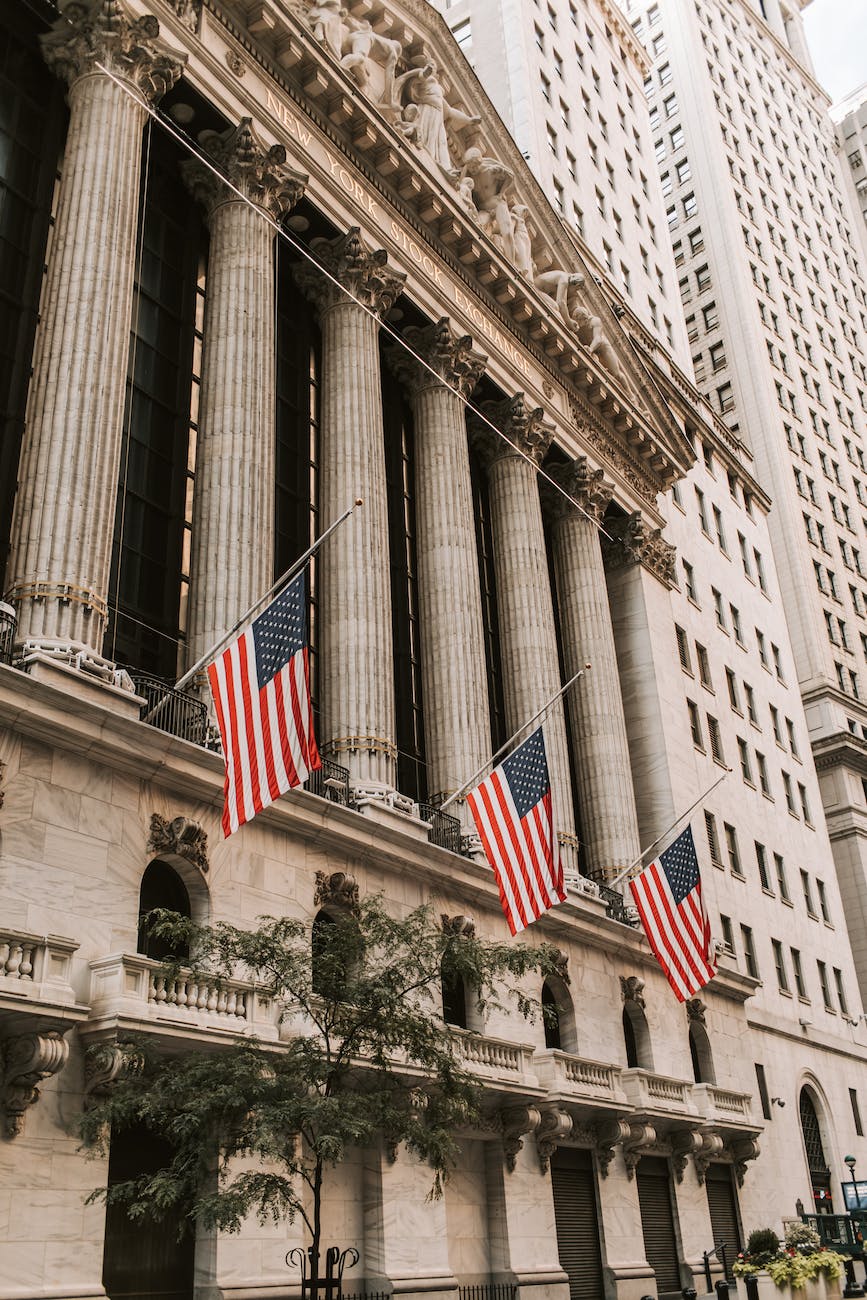August 22, 2023
In my previous blog post, I explained what the Cult of Prediction is. But why am I so hard on it?
I don’t question the sincerity or intelligence of those who have helped to make the C. of P. more and more popular. Nate Silver, Cass Sunstein, Philip Tetlock, Daniel Kahneman, et al., are all very smart people of obvious good will.
I do think, however, that they are so devoted to refining the tool of (usually Bayesian probabilistic) prediction that they overlook its increasingly manifest limitations.
The 21st century began with a big shock – 9/11. Part of the reason the attacks on New York and Washington were possible was because experts believed that the past was a reliable guide to the future. Terrorism had always been either of fairly small scale (e.g. the 1993 World Trade Center bombing), unsuccessful (the Millennium Bomb Plot), or far from our shores (Pan Am 103, the 1998 bombings of American embassies in Africa), or undertaken by American citizens (the Oklahoma City bombing of 1995).
The next shock came with the costly blunders of the Iraq War. The approach of the Bush administration was based on the belief that the lightning victory in the Gulf War of 1991 guaranteed a “cakewalk” in 2003. Of course, the aims of the 2003 conflict were very different from those of 1991. The latter conflict ended up costing the United States more than the Vietnam War had in pure dollar terms, and maybe even more in lost credibility and global influence.
These first two examples, of course, had little to do with the sort of algorithmic numerical modeling I mentioned in my previous post. They were of a different “flavor” of prediction: that of received expert wisdom. This sort of “expert-mental-model”-based prediction, however, is every bit as based upon past experience as any Goldman Sachs spreadsheet model.
2008 brought us an example of that latter, far more numerical form of prediction – but made worse because it was allied to the “force multiplier” of an arrogant assumption that the more qualitative expert mental models that lay behind them could not possibly be wrong. I spoke of the Goldman Sachs “25 standard deviation moves, several days in a row” error. But that huge miscalculation – which was not at all limited to Goldman Sachs – was rendered far more damaging by a regulatory regime made far more lax due to seven decades of general financial quiescence. The guardrails of the financial system were removed just as trading models of unprecedented complexity and opacity were introduced; this was done by regulators such as Alan Greenspan, whose mental models did not seriously contemplate the possibility that deregulation of financial markets could ever result in anything but more creativity and stability.
2008 in many ways was the coming-out party for the Cult of Prediction. Millions of Americans lost their homes; millions more lost their jobs. Economic growth did not recover to pre-Global Financial Crisis rates for some eight years, and part of the blame almost certainly went to more advocates of the Cult of Prediction. Using data from a past that bore little resemblance to the 2010s, economists warned that allowing debt to rise above 90% of GDP would harm growth.
Even when serious errors were found in the initial academic paper supporting this conclusion, policymakers whose politics redisposed them to support government austerity continued to cite the 90% number as proof of their position’s rightness. Millions may have been measurably harmed in the United States alone by this unwillingness to open the fiscal taps.
Then came COVID, and those taps were opened to an unprecedented degree. Undoubtedly this spending saved millions from penury and homelessness. But some thirteen years of quiescent inflation since the 2008, which continued even in the face of the titanic spending to combat COVID, had caused many to believe that inflation was permanently vanquished. 2022 proved them wrong, and the lives of many were disrupted yet again by the actions of people who though that the past could be relied upon to predict the future.
Even aside from the issue of government spending, the response to COVID was based on past-based computer models which showed that the key to saving lives was to keep children home from school. This action had saved lives in 1918-20, and in other outbreaks. But for unknown reasons, it simply was not true in 2020-22. States that sent their kids back to school did not as a result suffer from the sort of mass infection spikes that the models predicted. We may never know exactly why.
Why does the Cult of Prediction matter? Not because those predicting are bad or stupid people. They are not (at least, most of them are not). But because reliance upon the past to predict the future is very obviously dangerous, and has cost us dear in the twenty-first century; and because there are ways to deal with future uncertainty that can at least offer greater hope to avoid the worst of all outcomes, and to rigorously imaginealternative courses of action.
And Fatal Certainty, of course, coming soon, illustrates how to begin going about that.
(Have to plug the merchandise.)


